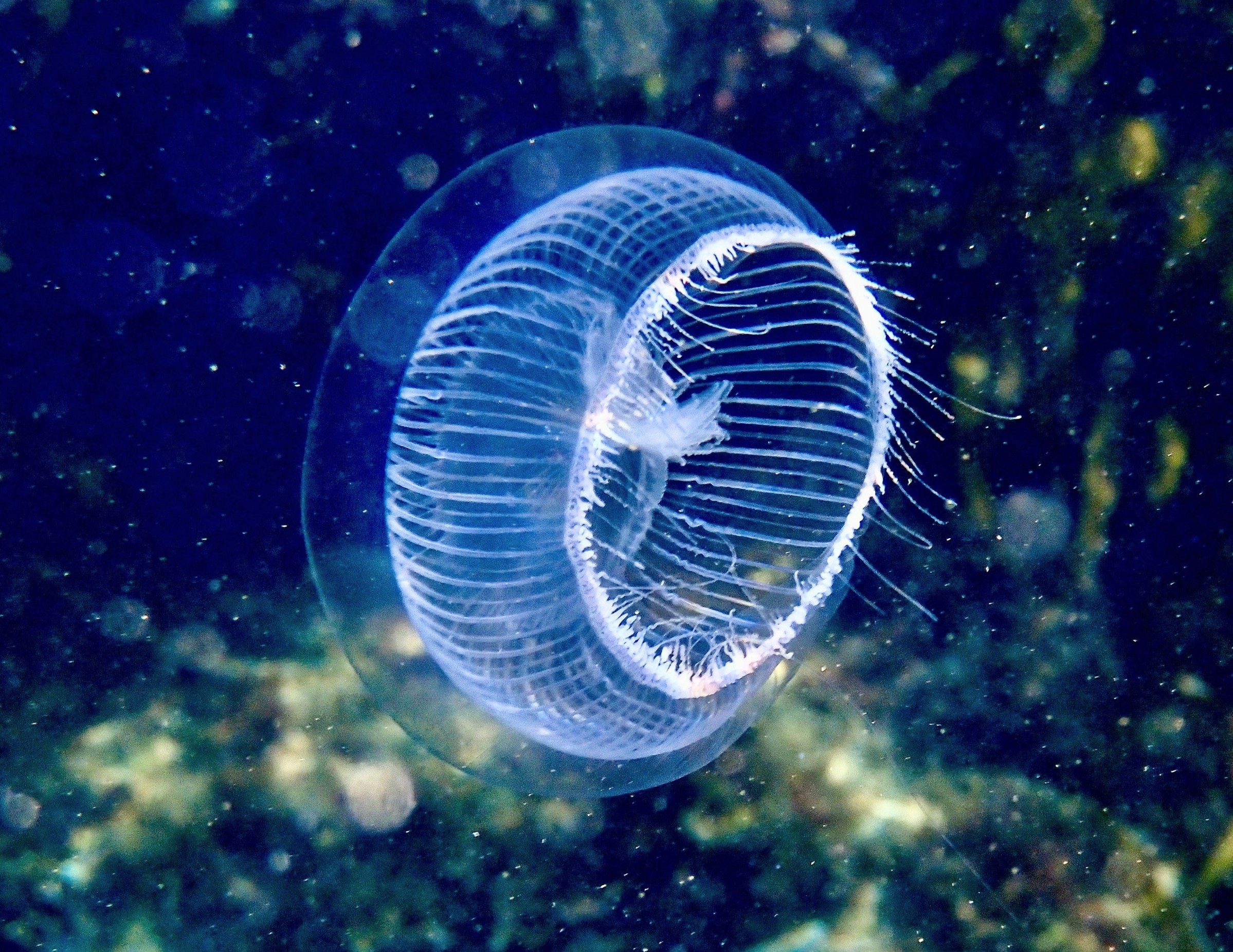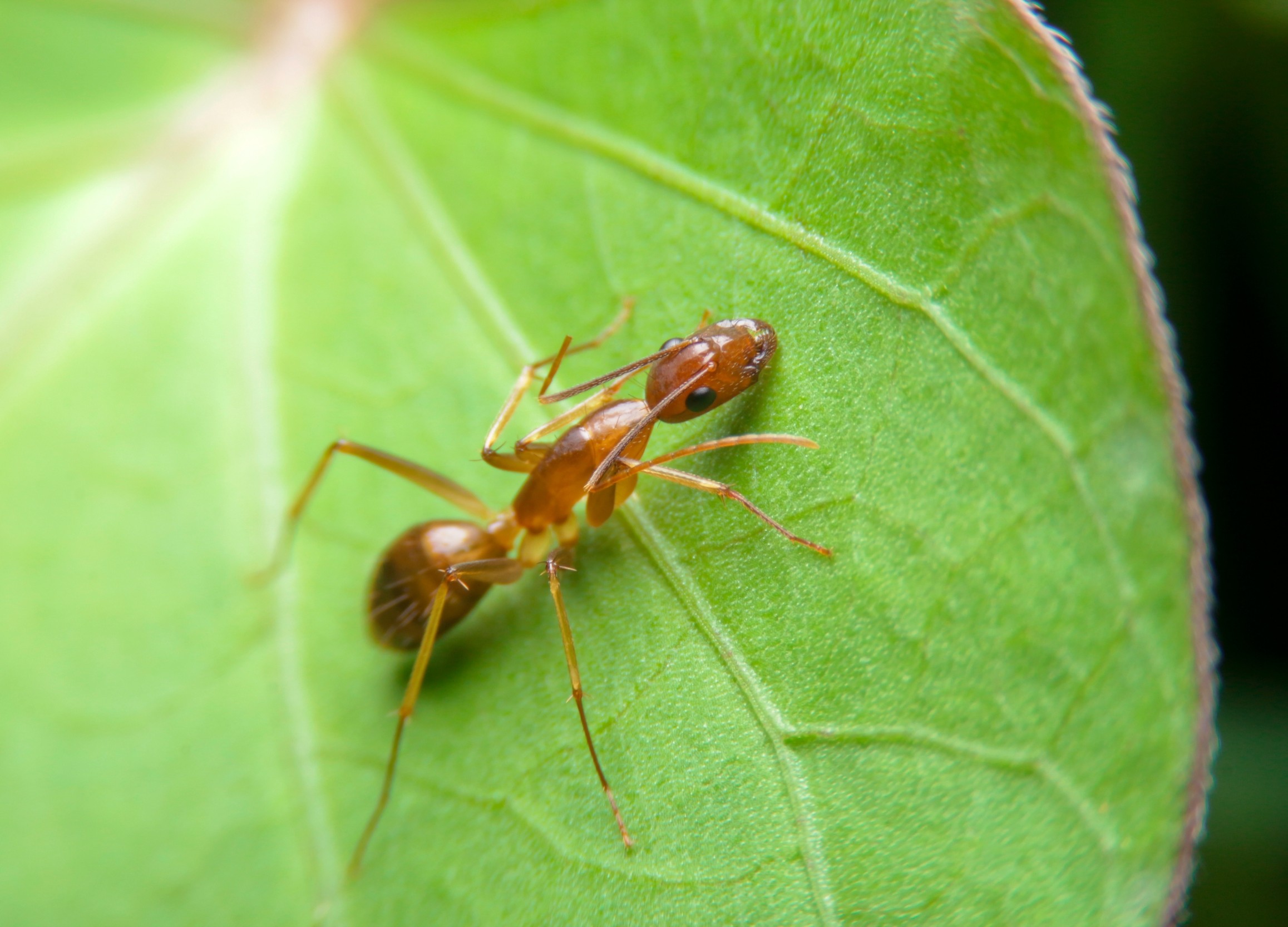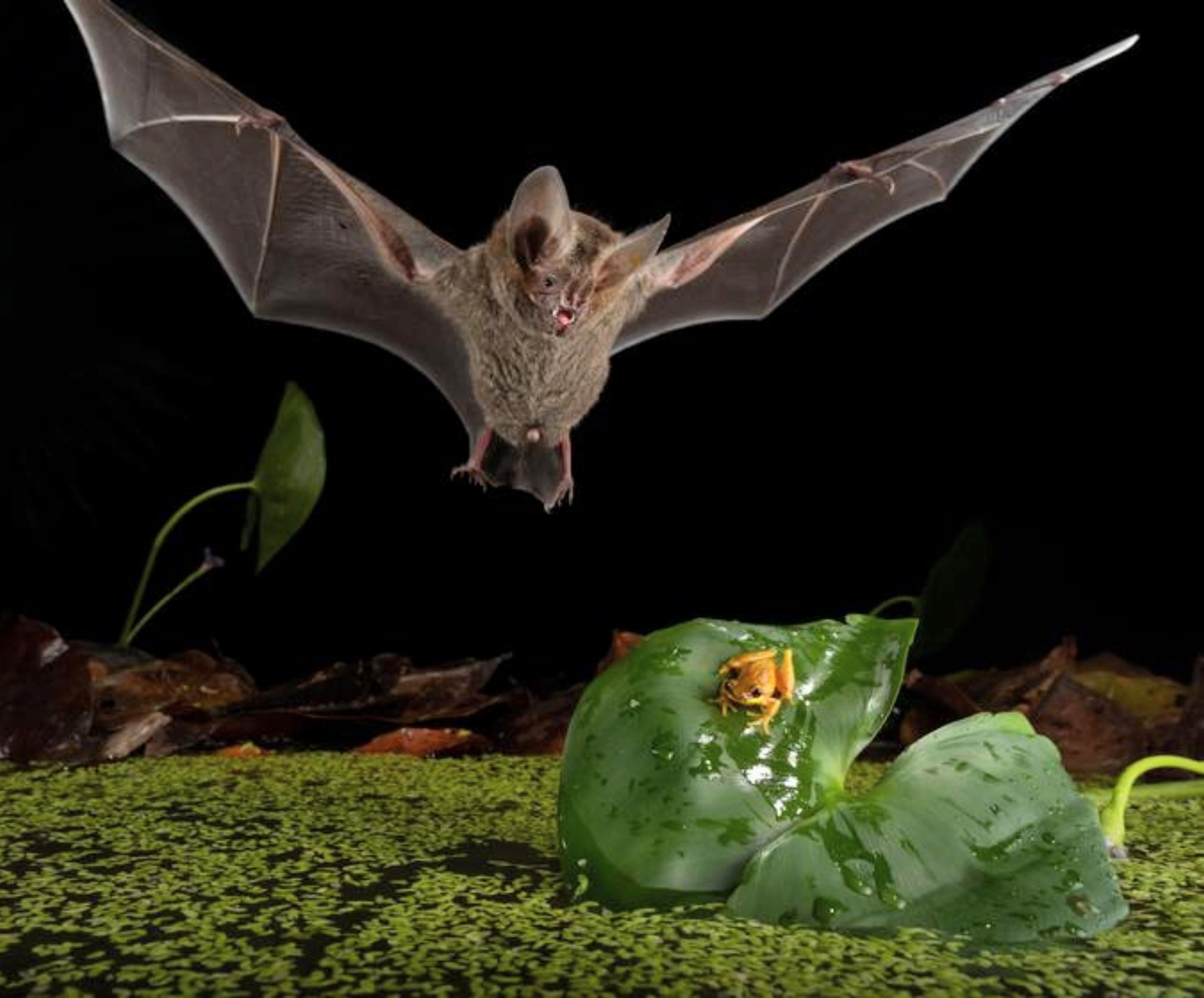Web
Please enter a search for web results.
News
Gene-edited fungus could transform sustainable protein production
 9+ hour, 42+ min ago (882+ words) Scientists have engineered a fungus that turns the same amount of feedstock into significantly more edible protein " and does so with far fewer emissions. In new research from Jiangnan University in Wuxi, China, a gene-edited strain of Fusarium venenatum produced richer, more digestible protein while trimming the greenhouse gases normally released during fermentation. The advance arrives as food systems search for lower-carbon ways to feed a growing population. Mycoprotein, a protein-rich food made from filamentous fungi, offers a way to grow protein without raising animals. One species, called Fusarium venenatum, already appears in supermarket meat alternatives because its strands cook and chew in a meat-like way. In its natural form, Fusarium venenatum has a tough cell wall, a rigid outer covering that keeps much of its protein locked away. Thick walls limit digestibility for people and force processors to use…...
9+ hour, 42+ min ago (882+ words) Scientists have engineered a fungus that turns the same amount of feedstock into significantly more edible protein " and does so with far fewer emissions. In new research from Jiangnan University in Wuxi, China, a gene-edited strain of Fusarium venenatum produced richer, more digestible protein while trimming the greenhouse gases normally released during fermentation. The advance arrives as food systems search for lower-carbon ways to feed a growing population. Mycoprotein, a protein-rich food made from filamentous fungi, offers a way to grow protein without raising animals. One species, called Fusarium venenatum, already appears in supermarket meat alternatives because its strands cook and chew in a meat-like way. In its natural form, Fusarium venenatum has a tough cell wall, a rigid outer covering that keeps much of its protein locked away. Thick walls limit digestibility for people and force processors to use…...
Scientists recover the world's oldest RNA in a well-preserved woolly mammoth
 6+ day, 17+ hour ago (755+ words) For years, the story of the woolly mammoth has felt fixed in the past. Ancient bones, frozen tissue, and fragments of DNA help scientists stitch together how these giants lived and died. A new study pushes that story even farther. Researchers have obtained RNA from mammoth tissue that spent nearly 40,000 years in Siberian permafrost. RNA reveals which genes were active when the animal was alive, giving scientists a much closer look at its biology. Such information has never been recovered from an animal this old. It opens a door that many thought would stay shut forever because RNA breaks down fast. The idea that it could survive thousands of years sounded unlikely. A team at Stockholm University took on that challenge. Their work shows that RNA can last far longer than expected, and it gives us a new way to…...
6+ day, 17+ hour ago (755+ words) For years, the story of the woolly mammoth has felt fixed in the past. Ancient bones, frozen tissue, and fragments of DNA help scientists stitch together how these giants lived and died. A new study pushes that story even farther. Researchers have obtained RNA from mammoth tissue that spent nearly 40,000 years in Siberian permafrost. RNA reveals which genes were active when the animal was alive, giving scientists a much closer look at its biology. Such information has never been recovered from an animal this old. It opens a door that many thought would stay shut forever because RNA breaks down fast. The idea that it could survive thousands of years sounded unlikely. A team at Stockholm University took on that challenge. Their work shows that RNA can last far longer than expected, and it gives us a new way to…...
Which animal really came first? The debate may finally be settled
 1+ week, 18+ hour ago (881+ words) A question has stirred up arguments in biology for years: which creature sits at the very base of the animal family tree? The choice seems simple. It is either the sponge, which has no muscles and no neurons, or the comb jelly, which has both. Yet this simple question has sent researchers down different paths for more than a decade. The answer matters because it shapes how we think about the rise of animals and the early steps that led to the bodies we know today. If comb jellies came first, then the earliest animals already had complex systems that were later lost in sponges. If sponges came first, then complexity grew over time. That is why the debate has stuck around for so long. Scientists at the University of California, Berkeley stepped into this debate after years of watching…...
1+ week, 18+ hour ago (881+ words) A question has stirred up arguments in biology for years: which creature sits at the very base of the animal family tree? The choice seems simple. It is either the sponge, which has no muscles and no neurons, or the comb jelly, which has both. Yet this simple question has sent researchers down different paths for more than a decade. The answer matters because it shapes how we think about the rise of animals and the early steps that led to the bodies we know today. If comb jellies came first, then the earliest animals already had complex systems that were later lost in sponges. If sponges came first, then complexity grew over time. That is why the debate has stuck around for so long. Scientists at the University of California, Berkeley stepped into this debate after years of watching…...
How scientists are turning invasive crazy ants against themselves
 1+ week, 4+ day ago (954+ words) Tawny crazy ants have been causing major problems in the southern U.S. for years. From Florida to Texas, these invasive pests have overrun yards, homes, and ecosystems. The ants aren't just annoying " they push out native species and throw entire environments out of balance. And once they move in, it isn't easy to get them out. But a team of scientists has figured out something that might finally work. It's not a chemical spray or a trap. It's a natural disease that spreads only among crazy ants " and only under the right conditions. Tawny crazy ants are not like the little black ants you see on your kitchen counter. They don't follow normal colony rules. Instead, they form what's known as supercolonies. Ants from one nest in Louisiana will welcome ants from another nest in Florida as if they're long-lost family....
1+ week, 4+ day ago (954+ words) Tawny crazy ants have been causing major problems in the southern U.S. for years. From Florida to Texas, these invasive pests have overrun yards, homes, and ecosystems. The ants aren't just annoying " they push out native species and throw entire environments out of balance. And once they move in, it isn't easy to get them out. But a team of scientists has figured out something that might finally work. It's not a chemical spray or a trap. It's a natural disease that spreads only among crazy ants " and only under the right conditions. Tawny crazy ants are not like the little black ants you see on your kitchen counter. They don't follow normal colony rules. Instead, they form what's known as supercolonies. Ants from one nest in Louisiana will welcome ants from another nest in Florida as if they're long-lost family....
Tiny bats hunt like lions, striking with patience and precision
 3+ week, 2+ day ago (810+ words) The forests of Panama come alive after sunset. Somewhere above the ground, a tiny bat hangs upside down, silent and alert. In that quiet, the bat waits for a sound " a frog's croak, a faint rustle, a signal of movement. One quick motion later, the hunt is over. This is the fringe-lipped bat (Trachops cirrhosus), a creature that breaks every rule of predator biology. A team from Aarhus University and the Smithsonian Tropical Research Institute (STRI) found that this small animal can hunt like a big cat. The bat catches frogs, birds, and even mammals almost its own size. The study, published in the journal Current Biology, reveals that the bat's hunting success rivals that of lions. In most animals, size decides hunting style. Lions chase large prey because their massive energy reserves allow long pursuits. Small predators can't afford…...
3+ week, 2+ day ago (810+ words) The forests of Panama come alive after sunset. Somewhere above the ground, a tiny bat hangs upside down, silent and alert. In that quiet, the bat waits for a sound " a frog's croak, a faint rustle, a signal of movement. One quick motion later, the hunt is over. This is the fringe-lipped bat (Trachops cirrhosus), a creature that breaks every rule of predator biology. A team from Aarhus University and the Smithsonian Tropical Research Institute (STRI) found that this small animal can hunt like a big cat. The bat catches frogs, birds, and even mammals almost its own size. The study, published in the journal Current Biology, reveals that the bat's hunting success rivals that of lions. In most animals, size decides hunting style. Lions chase large prey because their massive energy reserves allow long pursuits. Small predators can't afford…...
New life forms found in the human body described by scientists as 'insane"
 4+ week, 11+ hour ago (985+ words) Humans carry around a busy community of microbes that help run daily life. This microbiome breaks down food, trains the immune system, and competes with germs. Scientists just spotted something unexpected inside those communities: tiny circular RNAs that don't match any known virus or bacterium. These RNAs appear in human-associated samples, especially from the mouth, and they look and act in ways that set them apart from other known living entities in the human body The work points to a layer of biology that has been present in our data all along, but somehow overlooked. It wasn't found with a new microscope or a specialized culture method. It was found by reading patterns in large RNA datasets and asking careful questions about structure and sequence. The result is a new category of RNA the team calls "obelisks." Obelisks are small…...
4+ week, 11+ hour ago (985+ words) Humans carry around a busy community of microbes that help run daily life. This microbiome breaks down food, trains the immune system, and competes with germs. Scientists just spotted something unexpected inside those communities: tiny circular RNAs that don't match any known virus or bacterium. These RNAs appear in human-associated samples, especially from the mouth, and they look and act in ways that set them apart from other known living entities in the human body The work points to a layer of biology that has been present in our data all along, but somehow overlooked. It wasn't found with a new microscope or a specialized culture method. It was found by reading patterns in large RNA datasets and asking careful questions about structure and sequence. The result is a new category of RNA the team calls "obelisks." Obelisks are small…...